Commentary: I'm praying for a pope of color
Published in Op Eds
Pope Francis’ version of diversity, equity and inclusion had special importance for me as a Black man and a devotional Catholic.
When he traveled to Africa, Asia and the Pacific Islands, I shouted in joy. It was blunt recognition that the Catholic Church could no longer treat nonwhite nations as an afterthought. He sent that message again when he included Asians and Africans among the 21 priests and prelates he elevated in his 12-year papacy.
As the New York Times pointed out this week, when Francis was elected, the voting cardinals represented 48 countries. Now as the conclave to replace him opens in Rome, 133 voting cardinals from 70 countries can cast votes in the Sistine Chapel. Will they take the next step and fill Francis’ shoes with a pope of color?
It’s hardly the first time such a question has been raised. In 2005, Desmond Tutu, then the retired Anglican archbishop of Cape Town, South Africa, very loudly and very publicly demanded that the successor to Pope John Paul II, who had been born in Poland, be an African or Latin American. There was little chance of that happening. Pope Benedict XVI was German.
But times and Catholics have changed. Francis, Benedict’s successor, was the first pope from the Americas and the Southern Hemisphere, and the first non-European pope in nearly 1,300 years. Since Tutu’s call for diversity, the number of Catholics in the nonwhite, non-European world has skyrocketed. Now Europe and North America account for less than 30% of the world’s 1.4 billion Catholics, with Africa logging the highest increases in the Vatican’s latest Pontifical Yearbook and Europe’s “demographic dynamic” deemed “stagnant.”
Tallying Catholics by race and nation, though, doesn’t tell the whole story of the radical shifts and hurdles facing the church today.
Catholicism is fiercely challenged in what were once rock-solid Catholic countries by a proselytizing evangelical movement and spirit that flatly rejects the dogma, teaching and practices of the church. That translates to money and power as well as mission. John Paul and Francis traveled tirelessly to shore up the flock, recognizing that millions of Catholics or converts could be lost to evangelicalism, or to Islam or other faiths, especially in nonwhite countries. Benedict tried to do the same, but as became increasingly apparent was physically not up to the demanding task.
And competing globally is only one of the problems that will test the next pope.
Catholics remain racked by ideological, theological and philosophical battles over the issues of abortion, gay marriage, women in the priesthood and celibacy. The church has seen ever-declining numbers of priests and nuns, and shelled out more than $1 billion to settle sexual abuse lawsuits in Los Angeles alone, and not all the suits are settled yet.
Francis did not believe the church could simply stand pat on entrenched dogma and past practices. The word “reformer” headlined the announcements of his death around the world.
And now the names of African, Asian and Latin American cardinals are among those bandied about as having the right stuff to head the church. The top non-European contenders could bring unique assets to the fierce competition with other religious faiths in developing nations.
Some have experience bridging the Muslim and Christian divide, or in battling poverty, interethnic and religious violence and the damaging economic side effects of rampaging globalization. They could place strong emphasis on social and economic reforms in countries beyond Europe and the United States, and help the church atone for shamefully cheerleading colonial rule in these nations in the past.
Most of all, an African, Latin American or Asian pope would send the strong message to practicing Catholics and prospective converts in all those regions that the church is committed to making them not only members, but policymakers of the Catholic Church.
But simply changing the face of the pope without tackling needed change will not repair the church’s tattered image or park it in the 21st century rather than the 11th. Since Francis’ death, one question has dominated the talk of his successor — will he continue to follow a path of reform or not?
In my view, modernization is the only way to heal my still-ailing church. The conclave can do itself and the tens of million of nonwhite Catholics in the U.S. and worldwide justice by putting the right man of color in the top papal spot.
____
Earl Ofari Hutchison’s latest book is “‘President’ Trump’s America.” His commentaries can be found at thehutchinsonreport.net.
©2025 Los Angeles Times. Visit at latimes.com. Distributed by Tribune Content Agency, LLC.
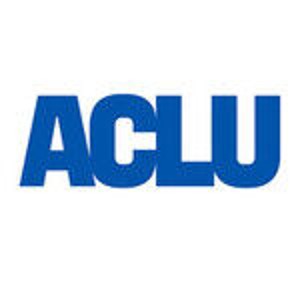
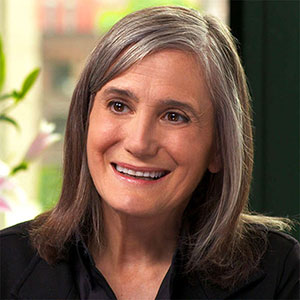
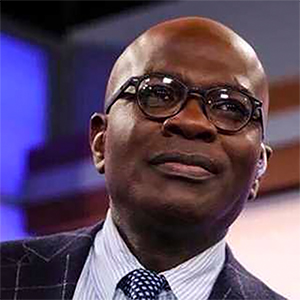
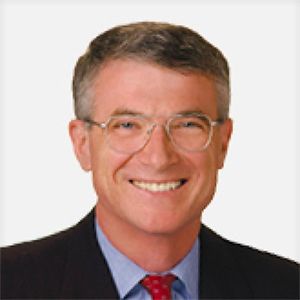
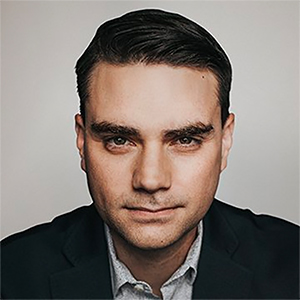
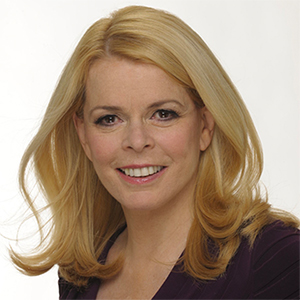
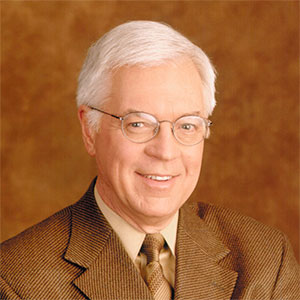
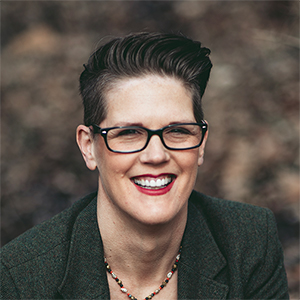
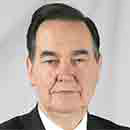
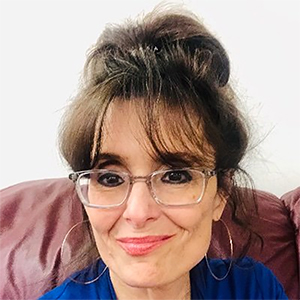
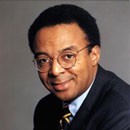
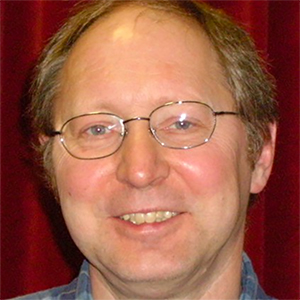
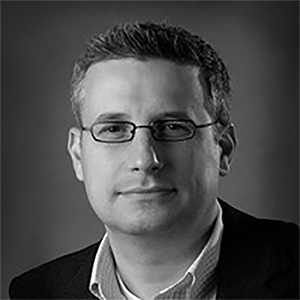
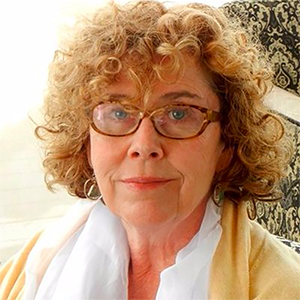
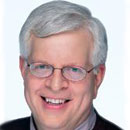
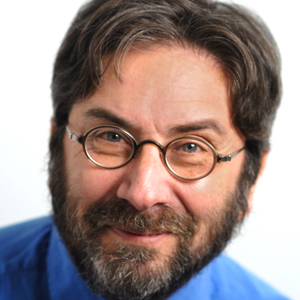
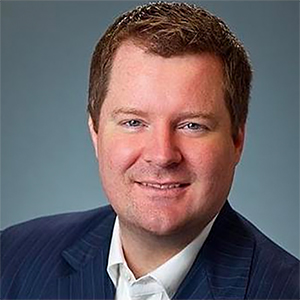
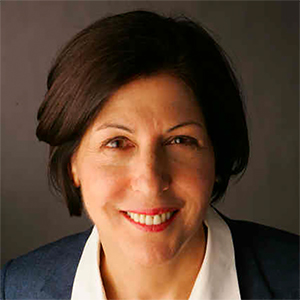
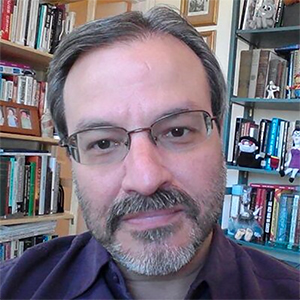
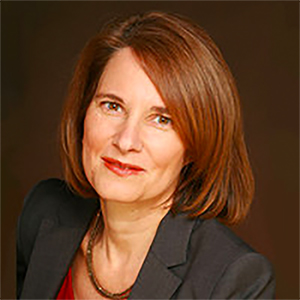
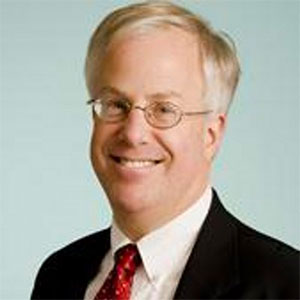
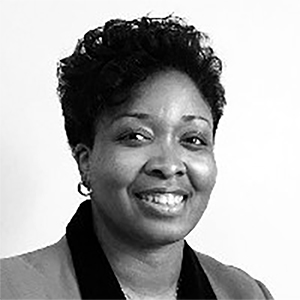
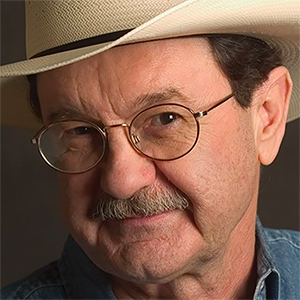
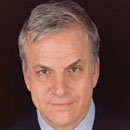
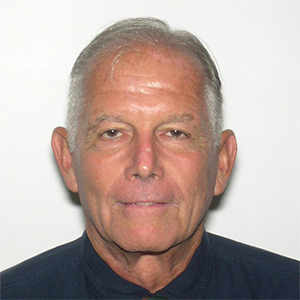
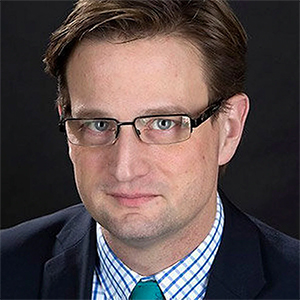
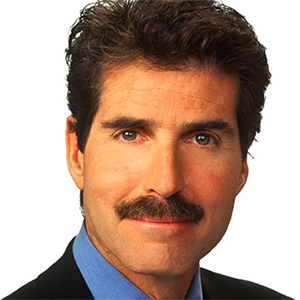
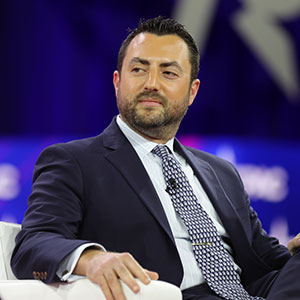
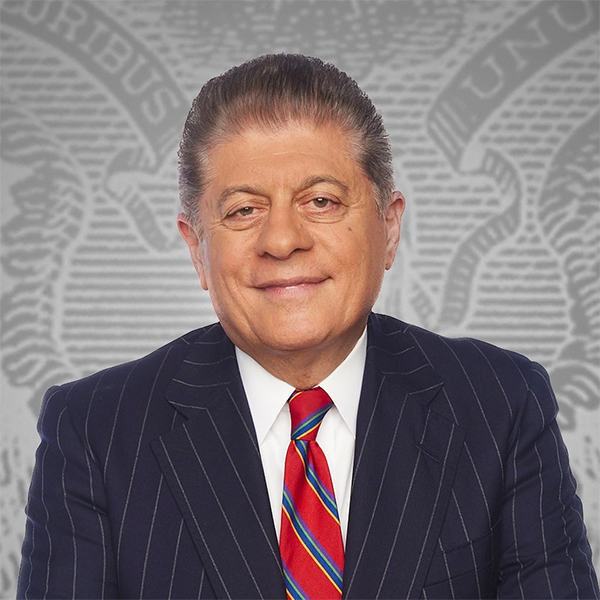
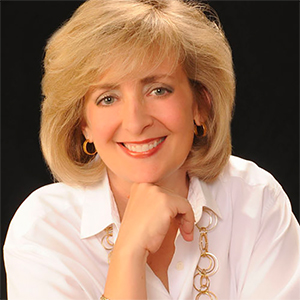
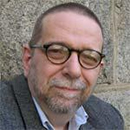
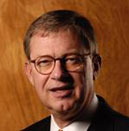
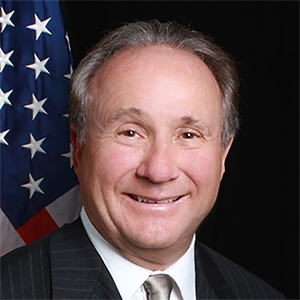
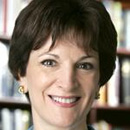
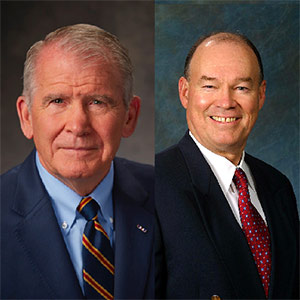
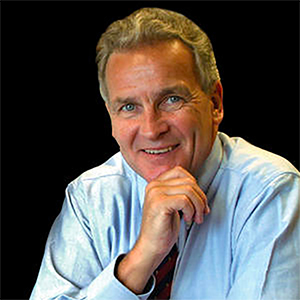
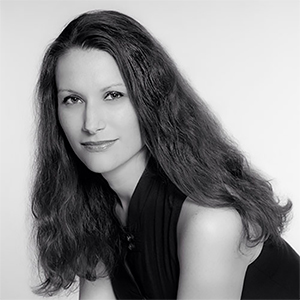
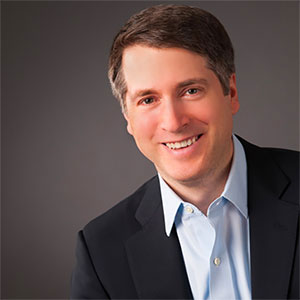
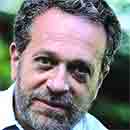
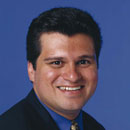
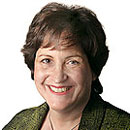
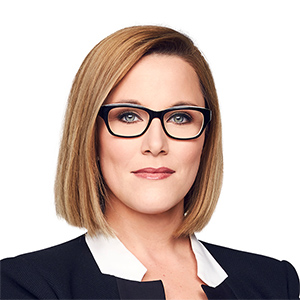
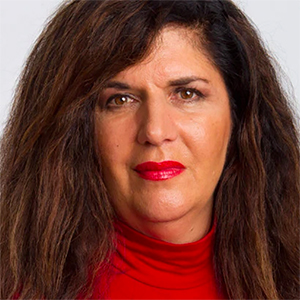
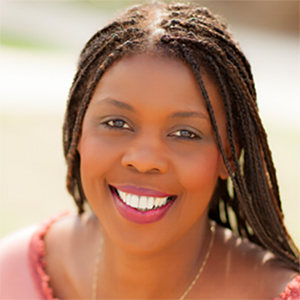
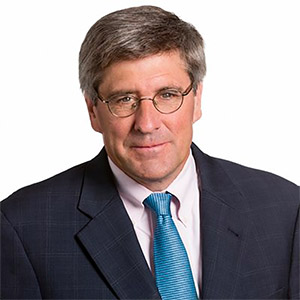
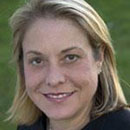
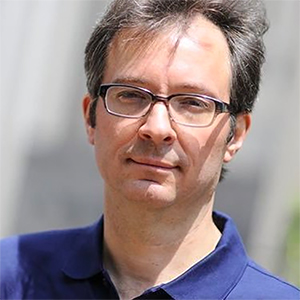
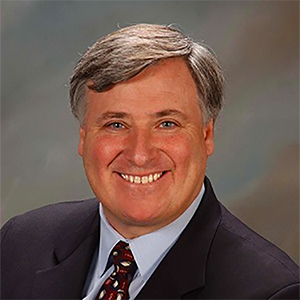
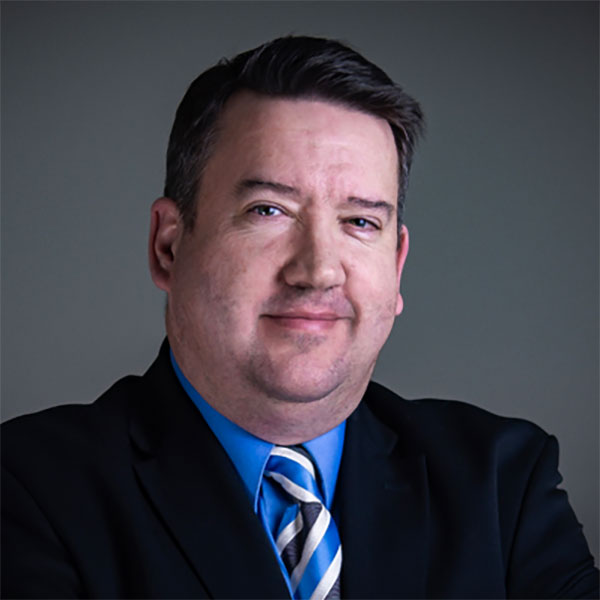
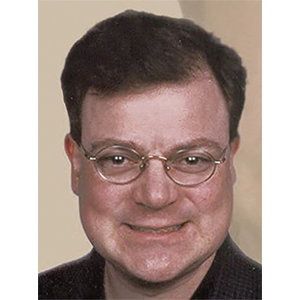
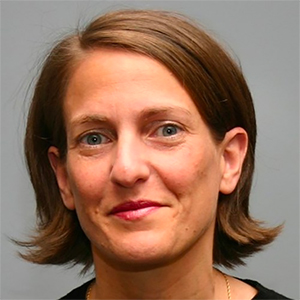

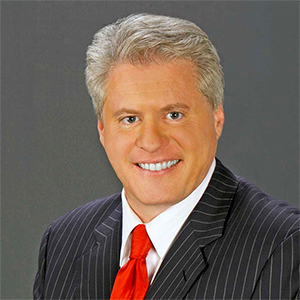

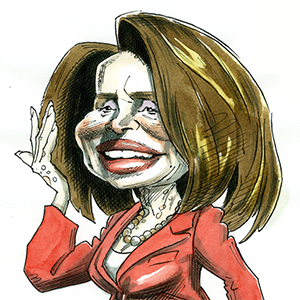
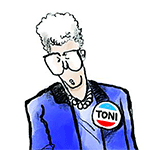
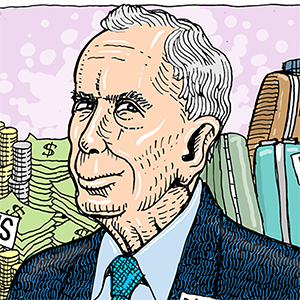
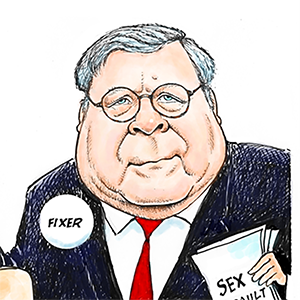
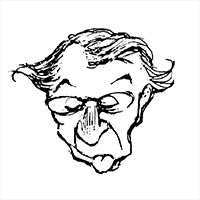
Comments